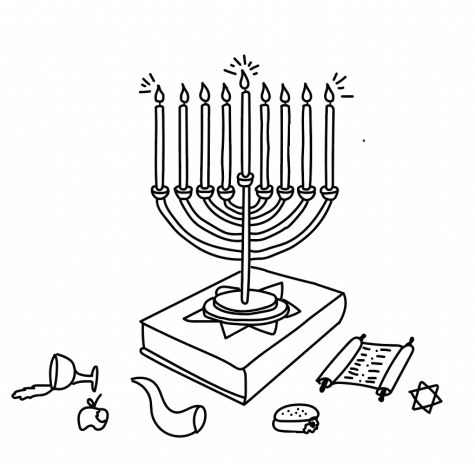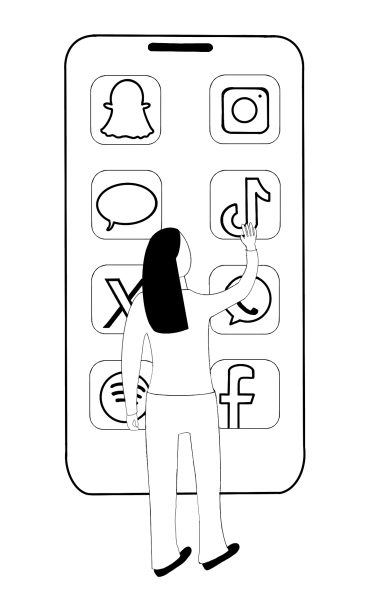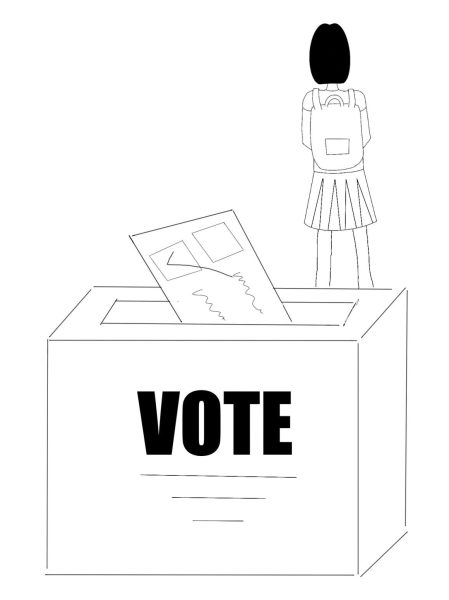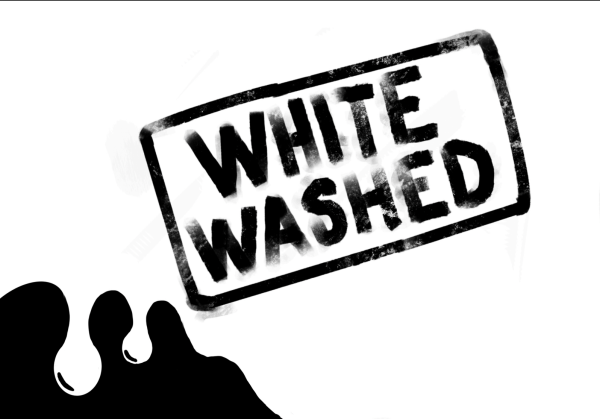Hanukkah: It is not the Jewish Christmas

As we roll into the holiday season, homes are adorned with colorful red and green lights, extravagant Christmas trees are displayed in windows and holiday sweaters fill racks in stores. Now, it has become common to see blue and gold lights accompanied by menorahs in these windows as well as a result of the attempt to foster religious inclusivity. With this, Hanukkah has become the secondary well-known holiday of the winter season. Even though the original intention by the general population in doing so was to increase public recognition of Hanukkah, the hallmarking of this Jewish holiday is not proportional to its significance within the religion. With the level of national recognition that the public grants Hanukkah, we should have that same energy for the other, more significant Jewish holidays, whether or not they coincide with the holidays of more prominent religions.
Hanukkah is actually considered a minor holiday in the Jewish religion but is recognized and widely celebrated across the U.S. solely for its close proximity to Christmas. Being adjacent to Christmas should not be the only reason that Jewish holidays are acknowledged, and there should be a higher focus and awareness — for example, through days off school and work — for other major holidays in the religion, like Yom Kippur, Rosh Hashanah and Passover.
Hanukkah “commemorates the rededication of the Second Temple in Jerusalem in the second century BCE and the victory of a small band of Jews, the Maccabees, against the Seleucid Empire, which had outlawed Judaism,” according to an article in JSTOR Daily. The celebration of “The Festival of Lights” for eight days represents the extraordinary length that the oil kept the fire lit.
Hanukkah was originally intended for families to intimately gather together, enjoying fried food and quality time, but it has since been escalated to a point of extreme national recognition. Instead of simply lighting the candles and saying a prayer for each night of Hanukkah, which is the standard in many other countries, American Jews began responding to the pressure of Christmas by providing eight extravagant nights of presents for children, according to Diane Ashton, an American religious historian.
Additionally, presidents have held annual Hanukkah celebrations in the White House and large menorahs have been displayed in cities across the country to commemorate the holiday. While these are examples of inclusivity that are positive, there are no equivalents to this nationwide celebration for the more major holidays. Furthermore, this is done because of the desired need for Jews to fit in and be included in such a festive time of year. Ashton stated that American Rabbis began incentivizing children to participate in synagogue through gift-giving and intriguing storytelling during Hanukkah in the 1800s, which has, in turn, given kids growing up in Jewish households the opportunity to be included in the festivities that their classmates are participating in. This is shown in a U.S. National Jewish Population Survey, which surveyed 5,000 Jewish households between 2000 and 2001 to find that “Jews with children were half as likely to skip Hanukkah as those without [children].” This reveals that a hallmarked Hanukkah that appeases children has been a strong contributor to higher Jewish participation, and that is definitely not a bad thing. However, it draws away from the real meaning of the Jewish holidays.
While it is great that there is a conscious push towards Jewish inclusivity during the holiday season, this high level of representation ends up misinforming the public, as well as future Jewish generations, about the importance of other Jewish holidays.
According to a survey referenced in an article in “The Economic Journal,” 68 percent of American undergraduates think Hanukkah is one of the top three most important Jewish holidays in the religion, while only 38 percent of Israeli undergraduates ranked it as such. This indicates that education on Judaism may be one of the most prevalent issues regarding the misrepresentation of Jewish holidays, as the pressure surrounding the timing of this holiday creates an environment that is misleading.
Growing up as a Jewish kid who also celebrated Christmas, I was even under the impression that Christmas and Hanukkah were one and the same: one was eight nights long with one present a night, and the other was celebrated one morning with several gifts. While I also celebrated and went to synagogue for the high holy days, like Yom Kippur, I was not fully aware of how important these holidays were until I was much older.
Rosh Hashanah, the Jewish New Year, followed ten days after Yom Kippur, the Day of Atonement, are examples of more important days of recognition in the Jewish religion. According to the Anti-Defamation League (ADL), this period of time, “with its emphasis on atonement and forgiveness, is particularly important and meaningful. Many Jews find the prayers associated with the High Holidays to be spiritually uplifting and liberating.”
The meanings of these holidays are much deeper and more impactful than Hanukkah, yet receive little recognition on a national stage. Redwood only began to grant a day off of school for Yom Kippur a few years ago, and still, many do not understand why. However, Redwood fails to grant days off school for other Jewish holidays, like Rosh Hashanah. If there are Hanukkah holiday sweaters displayed next to the Christmas sweaters in December, then, as a nation, we should have the same spirit, traditions and recognition for the other Jewish holidays.
Your donation will support the student journalists of Redwood High School. Your contribution will allow us to purchase equipment and cover our annual website hosting costs.

Natalie Tress is a senior at Redwood High School and is a Feature Editor for The Redwood Bark. In her free time, Natalie enjoys baking, working at Philz...





